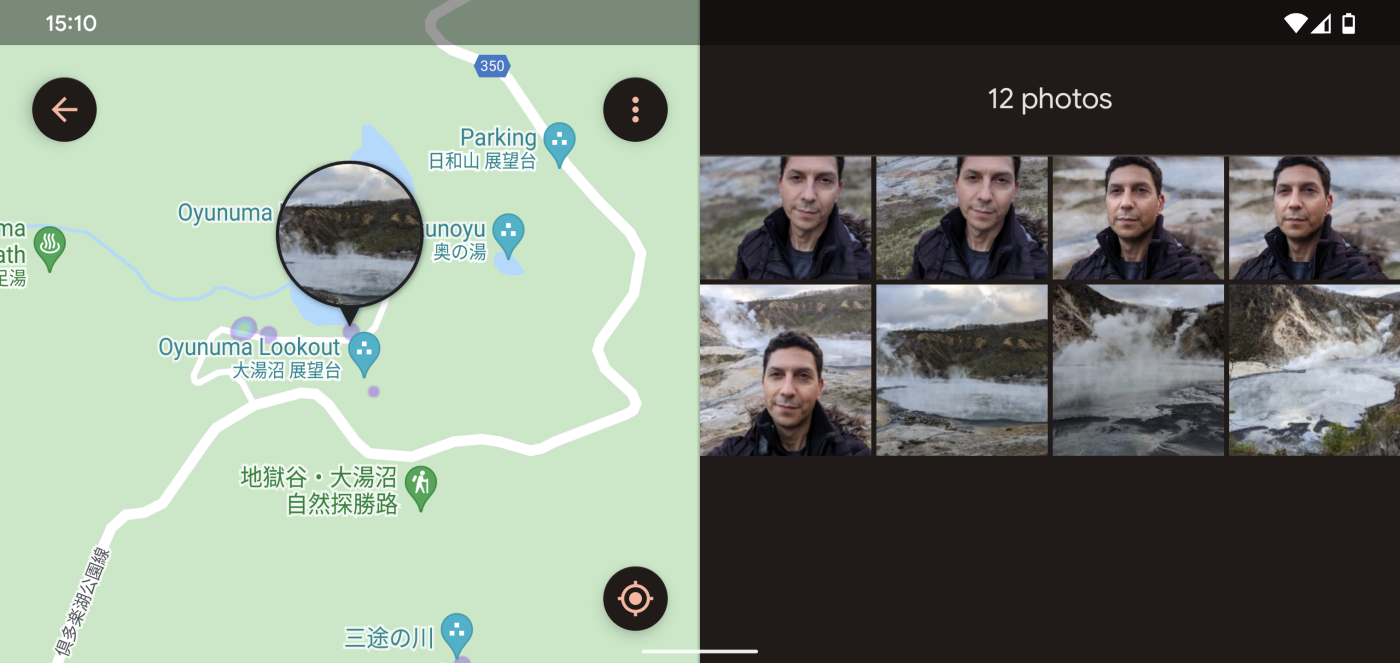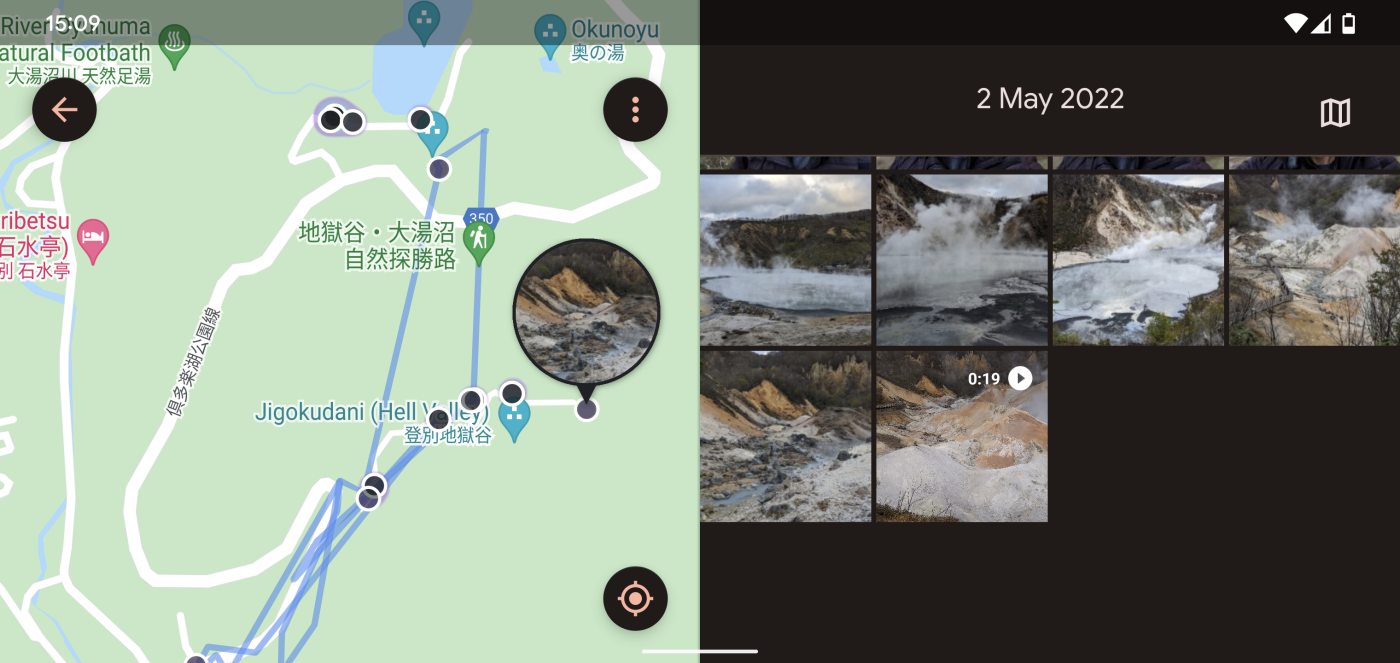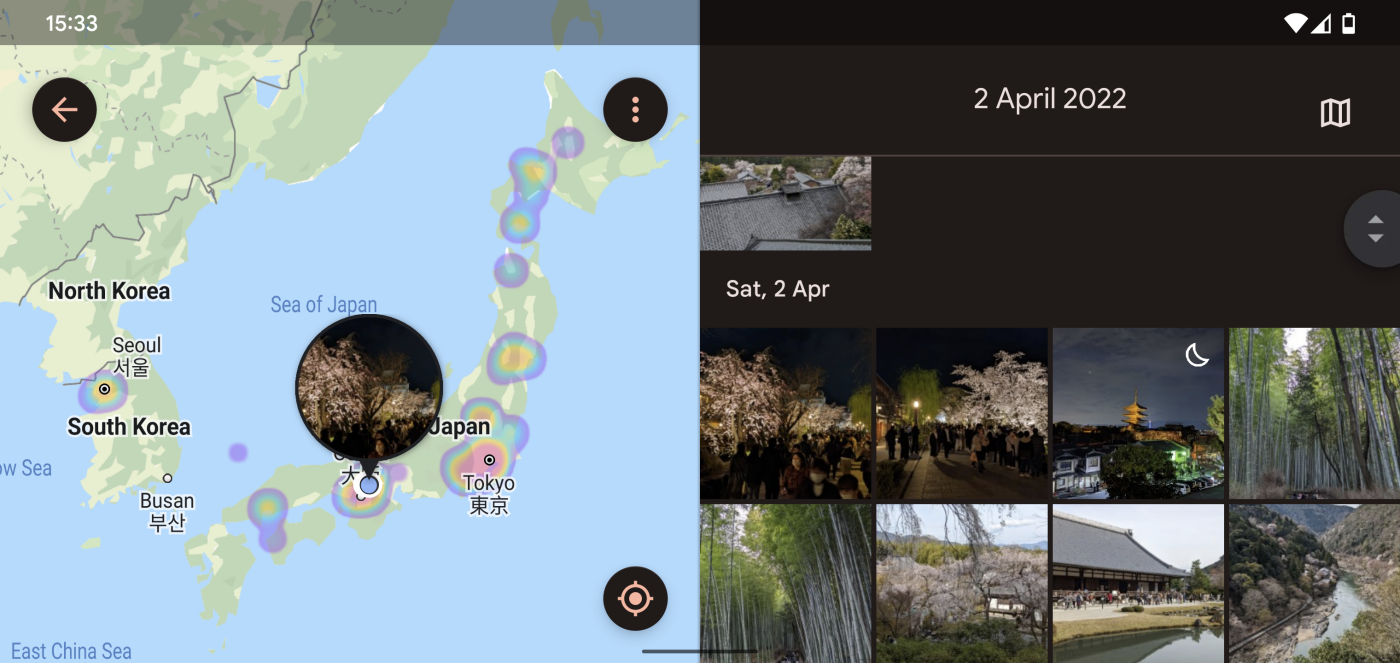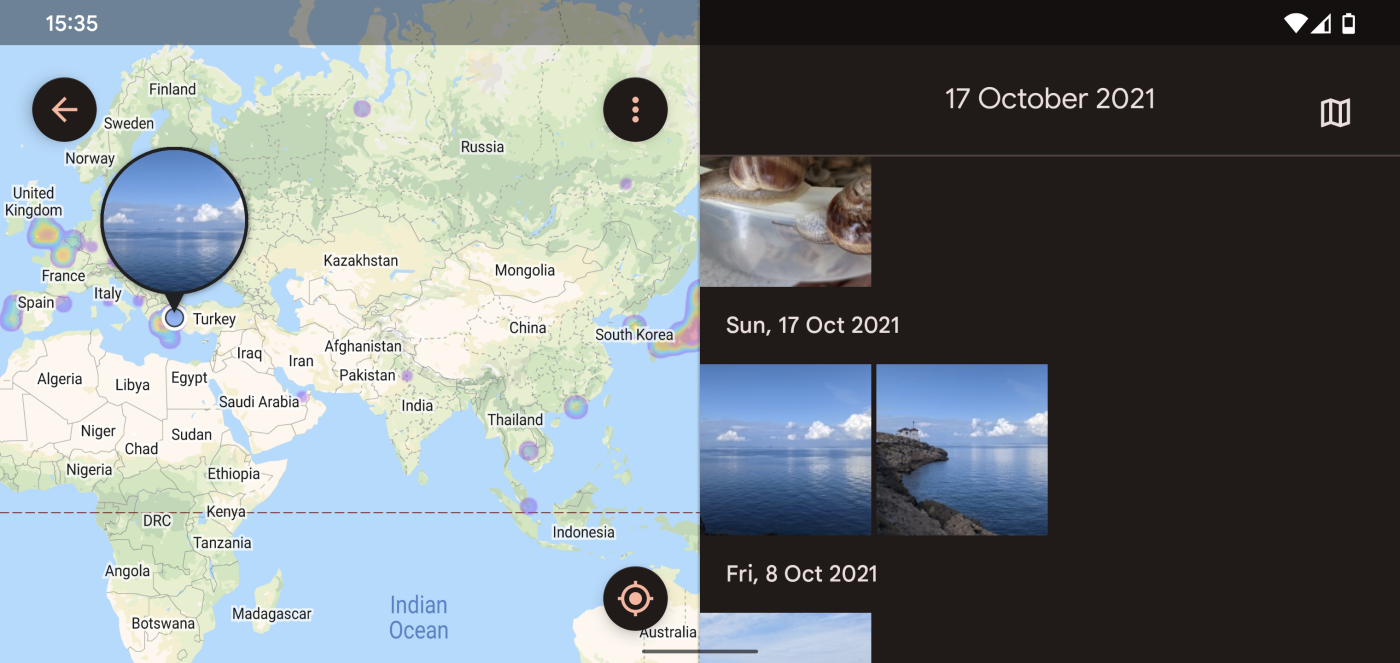Google Photos app data aggregation
I like browsing my photos. I take photos with my Android phone, and I have also great shots from my Nikon and (currently) Fujifilm cameras. Photos in my opinion tell a story and they allow me to relive the events of the past. I am not a fan of selfies (this might seem contradictory if you see the pictures below, but I am telling the truth 😊) and I prefer to take pictures of places I visit. Hence, when I browse these files, I feel that I visit the places again. But the Photos app on Android has gone a little bit further regarding the re-enactment of the past. To some people the following article just mentions something they already knew. I wish that the proposed experiment will be enlightening for most of the readers.
Let’s start!
First, let me say I am aware of the privacy settings of my Google account, and I already know that location tracking and history are always on for my Android phone. I don’t know if you agree or not with this choice, but let’s say I am somehow OK with the trade-offs involved in this selection. So, if location tracking is on in your phone, (or even if it is not!) you might find the following steps to be an interesting experiment. BTW, I am using a “Pixel” device, so you might not have exactly the same results on your phone, after repeating the steps below.
- Launch the “Google Photos” app and select the “Photos” tab.
- Tap on any photo and then tap on the vertical ellipsis symbol $\vdots$. This will give you information about the picture. If “Save location” is enabled in your Camera settings, then you will see a map that shows where in the world this picture was taken. This information is embedded usually in the photo’s metadata.
- So far, so good, I guess that most of the readers are already familiar with this.
- If you tap on the map, then you will see a different view… The Photos app will show you a collection of photos in your device related to this event (probably captured the same day). If you are careful enough you might see that there might be some areas around, coloured in light blue/purple. These look like heatmaps. Any ideas what are these?

- Additionally, if you tap on some of these heatmaps, you will probably see a blue line connecting your photos!

- So, heatmaps show the geotagged photos you took in the area, and the blue line shows the path you took while taking these photos! Creepy enough? Maybe for some, but don’t forget! You have location services on; and this is your choice! Hence, if you think that this data aggregation is creepy, then you have to revisit the Privacy Settings in your Google account.
- Let’s try a final thing. With a pinch-out gesture on the map, you will be able to see a heatmap of ALL geotagged photos (associated probably with the Camera app or your Google account)! This is a great example of data aggregation, and it can be quite spooky or intimidating for most users.
- End of experiment. Did you know about this? How do you feel about it?


How I felt when I realised this? First, I was surprised! Then I was sceptical about the amount of data that can be aggregated and visualised in a map (and these data are actually my real life)! After all, I realised that the principles we teach to our students (privacy and security) apply to our data as well… Finally, I recognised that despite the privacy controls and the efforts towards implementing security and privacy awareness initiatives, we are all still humans. We are (unfortunately) willing to eventually give up (or loosen) some rights we have, in order to receive a couple of benefits. Although I am sceptical about the amount of private data I willingly provide to big tech, I also enjoy seeing in a map the places I have been. I also enjoy following that blue line on the map, because this action enriches my remembrance experience.
Is this experience enhancement worth the trouble? This is a tough question. And it explains why people are very confused about how big tech deals with their data. I would be mostly OK if only me and the company were the only entities that had access to this data. The big question then is: Who else has access to this data? Even if the data is anonymized, would you feel comfortable by the fact that these data can be used by third parties? Even better, would you like to know who has (or had) access to these data? Should you be able to know how this data was used and with whom they were shared? Would this kind of transparency make any difference in the end of the day? And finally, should we as individuals do something about that? The GDPR (and similar legislation) is a good first step towards awareness and control, but in my opinion, it is not enough. As we move more services (and aspects of our lives) to the Cloud(s), these kinds of questions and dilemmas will become more pressing.
Takeaways and food for thought:
- Do we need more transparency about how our data is used?
- Do we need tiers that regulate how much of our data we allow to be shared and with whom?
- How do we really feel (as consumers) about the migration to Cloud services and the proliferation of this computing paradigm?